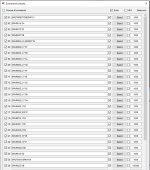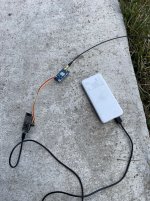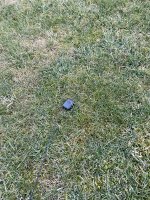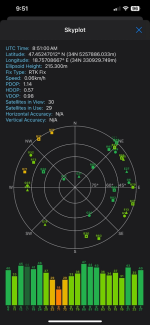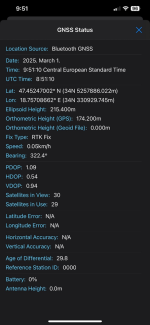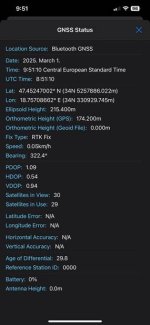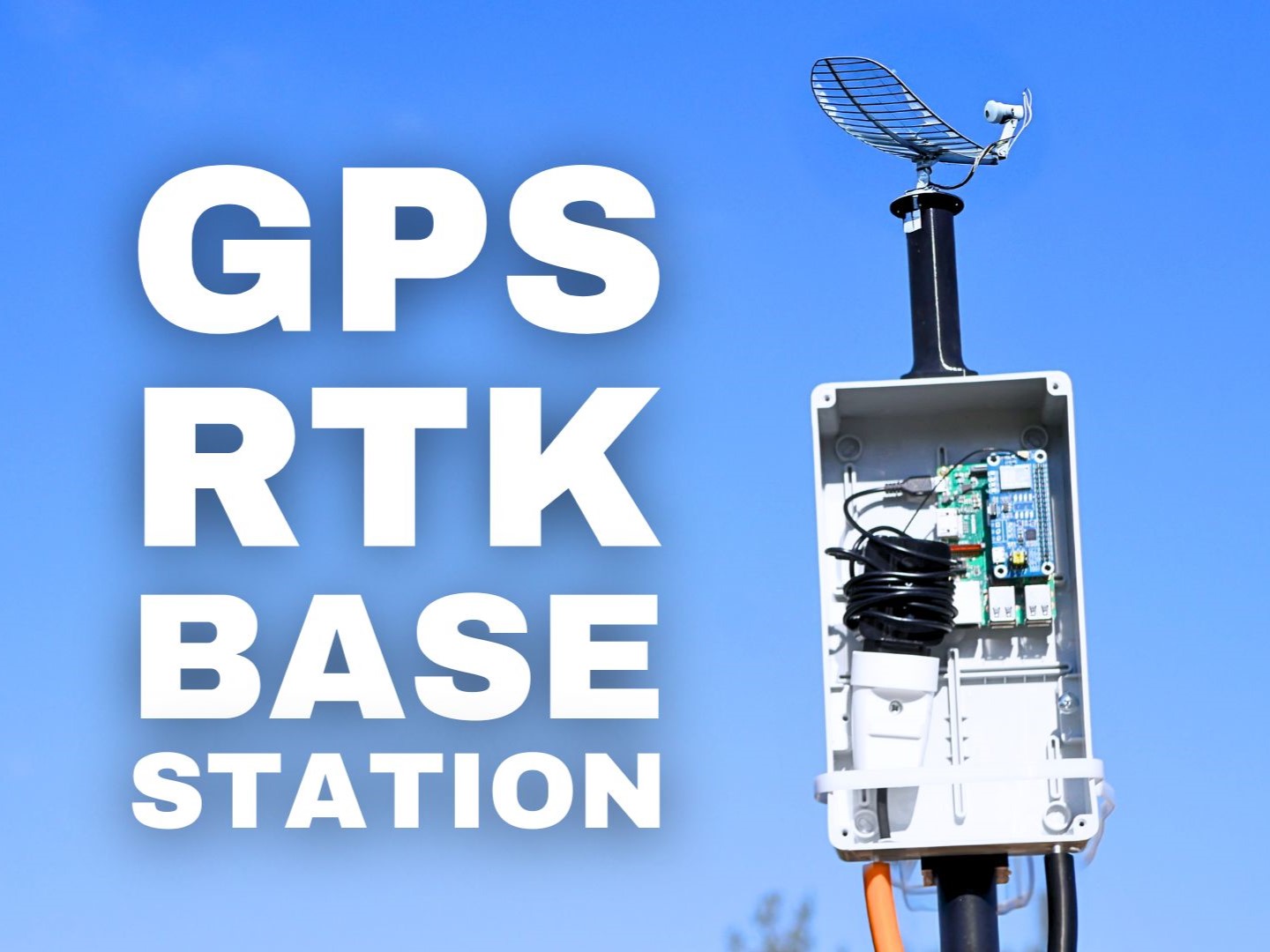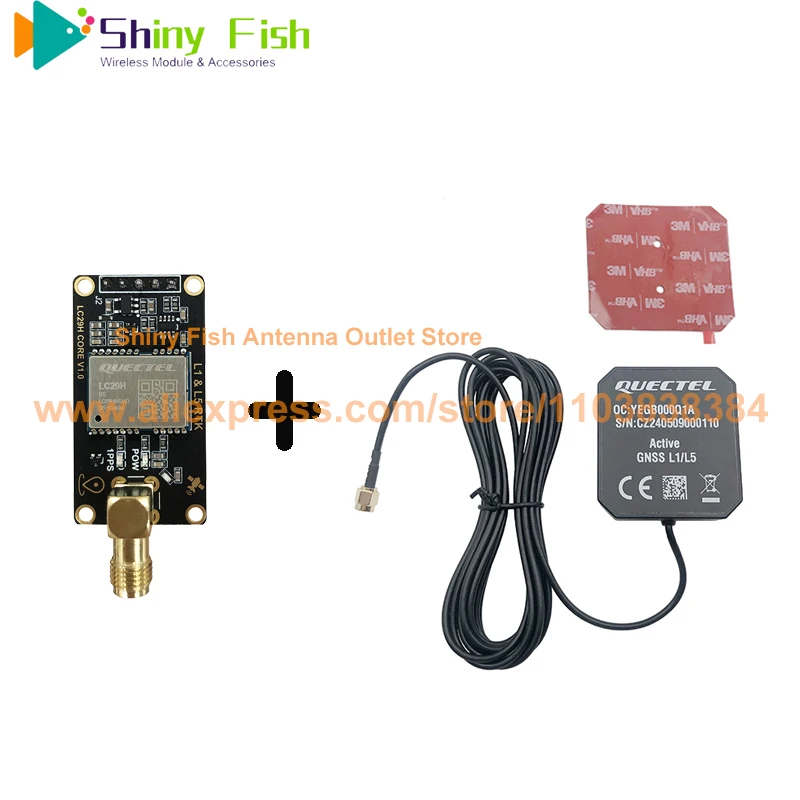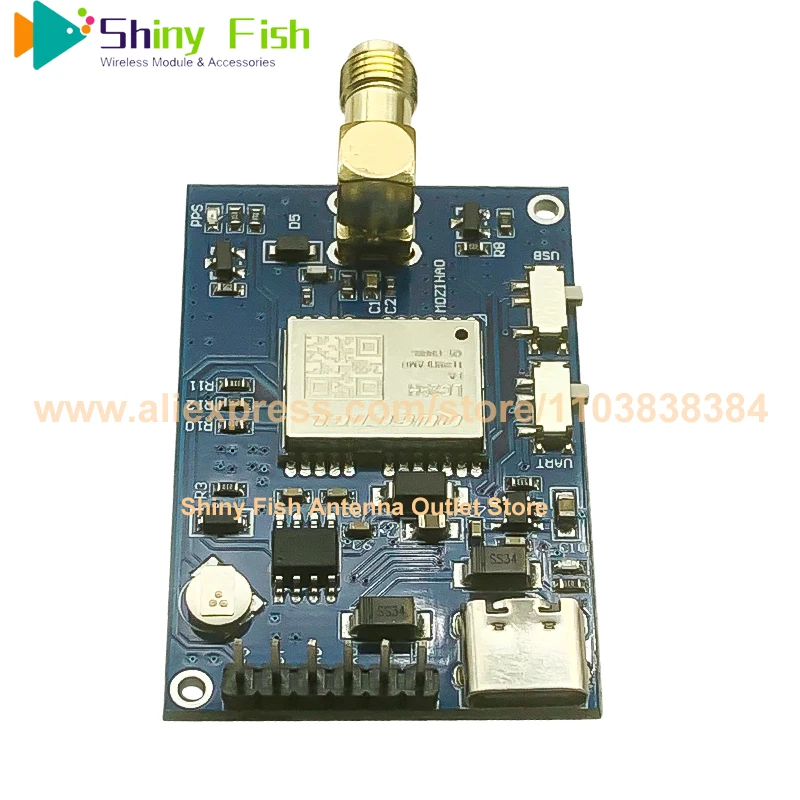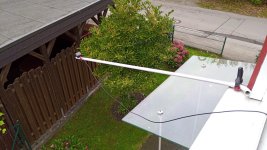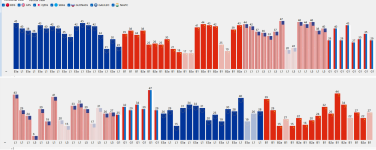Ich wollte nur einige Tests mit dem GPS mit einem ESP32 und NTRIP durchführen, aber ich konnte keine Firmware finden, die stabil genug wäre. Daher bleibt die Raspberry Pi-Lösung mit RTKBase, da dies wahrscheinlich die einfachste Testmöglichkeit ist – zumindest denke ich das, da ich in diesem Bereich keine Erfahrung habe.
Ich habe auch über diese App nachgedacht, um das GPS in Bewegung zu testen:
How to use Ardusimple products with SW Maps on Android smartphones/tablets
Ich habe auch über diese App nachgedacht, um das GPS in Bewegung zu testen:
How to use Ardusimple products with SW Maps on Android smartphones/tablets

